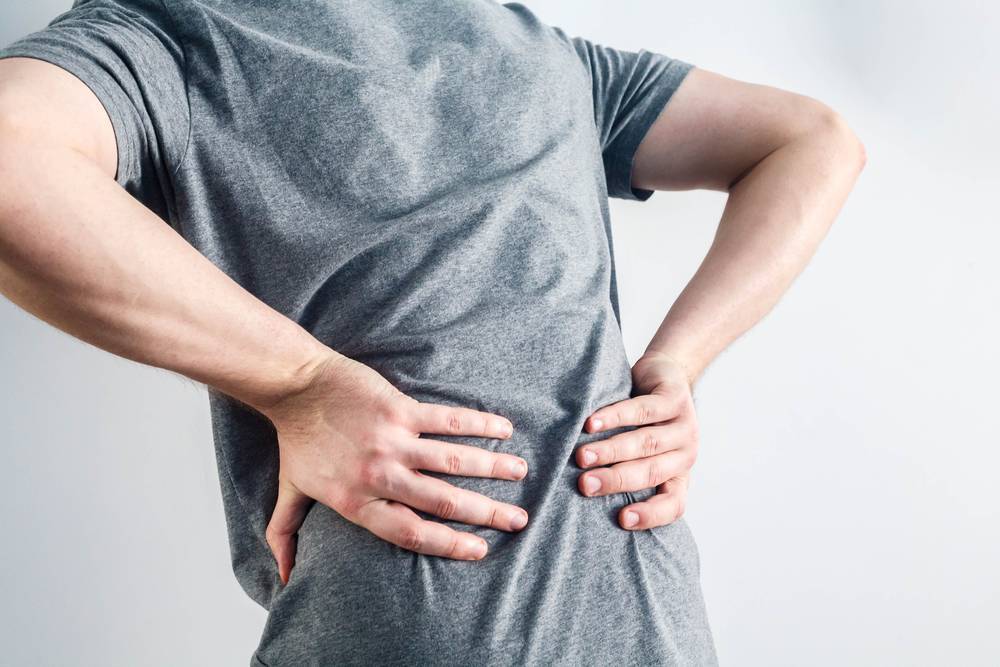Back pain is one of the most common musculoskeletal problems faced by adults all over the world, with four in five adults having experienced back pain at least once in their lives. Managing lower back pain, then should be information of high relevance for anyone. In fact, according to a report published by WHO, lower back pain is the primary cause of absence from work.
Symptoms of back pain can differ from person to person. Someone with a muscle strain might report crippling pain while another person with the same problem might only experience mild symptoms.
Acute back pain develops suddenly and can last anywhere from a few days to a few weeks, while chronic back pain does not respond to initial treatments and can last over three months.
What Are the Different Types of Lower Back Pain?
- Mechanical pain
Mechanical pain is the most common type of lower back pain. It is mainly experienced in the joints, muscles, ligaments, or bones close to the spine. And is usually restricted to the lower back, buttocks, or the upper part of the legs. The pain you experience depends on whether you are sitting, standing or walking. - Radicular pain
Radicular pain is caused by the pinching or inflammation of a spinal nerve root. It manifests as a sharp, burning pain and can lead to numbness or weakness. You might also feel this pain on one side of the body, traveling down the buttock or the leg.
How to Manage Lower Back Pain?
Here are some tips for managing lower back pain. Remember that these tips work out better when used in tandem and not alone.
-
Maintain a good posture
Maintaining a good posture is the first step to managing lower back pain. The majority of people have poor postures while sitting, which puts undue pressure on the lower back. While sitting, make sure to sit upright with both feet planted on the floor. Place a cushion between your lower back and your seat for better support. You can also use an ergonomic chair that provides posture support for your back.
-
Get up and move
There is a general tendency among working adults, especially those with desk jobs, to sit still for prolonged periods. This puts a lot of strain on your lower back, so make sure to get up every 20 minutes and move about. Some simple stretches can help release the built-up tension and give your back some relief.
-
Strengthen your muscles
Strong abdominal and lower back muscles help support your back. Having strength in these areas can help relieve and even prevent lower back pain. Exercises like Pilates can help strengthen your core muscles, while stretches and low-impact cardio like swimming can help you get stronger without straining your back. Yoga has been shown to benefit those suffering from lower back pain. It helps you relax and de-stress, which can reduce tension built up in your lower back. Yoga also improves strength, balance and flexibility, three attributes needed for a healthy lower back.
-
Sleep right
How you lie down while sleeping plays a key role in managing lower back pain. When sleeping on your back, put a pillow under your knee to create a relaxing position. When sleeping on your side, place a pillow between your legs for support. Avoid sleeping on your stomach as it can put undue pressure on your head and neck.
-
Cold and hot
Applying ice can help reduce pain and inflammation. Wrap the ice in cloth and limit cold therapy to not more than 20 minutes each time to protect your skin. Heat can also be applied to improve blood circulation and relieve pain. Heat therapy can come in the form of a heat pad or taking a warm bath. It can be tempting to sleep with a heating pad to relieve pain, but avoid doing so as you can damage your skin permanently.

